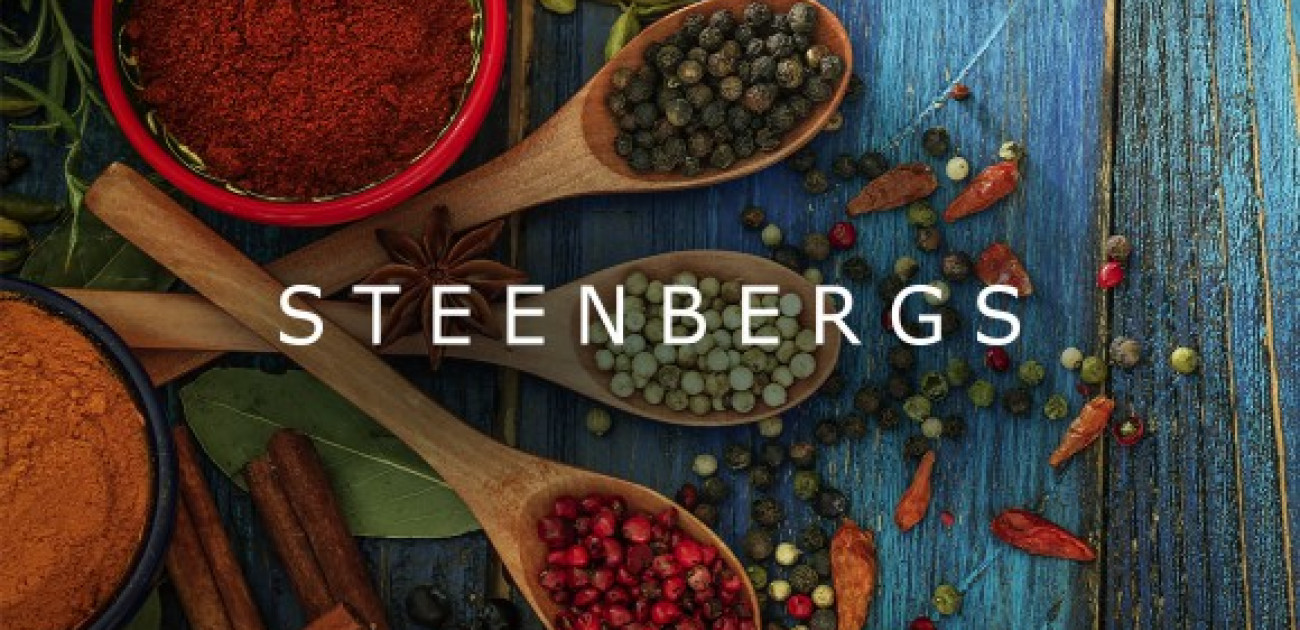10 October 2011
Blending Breakfast Teas (2)

These developments in tea blending style are best described through the developments in the composition of the standard household tea blend over the years. These show how the blends became more complicated, even as they became less complex in flavour, and how the ingredients shifted from China towards Indian teas, so from artisanal Camellia sinensis towards Camellia assamica and industrial tea. If anyone has any great family tea recipes - the older the better - I would love to hear them, so do not hesitate to leave a comment, or email me direct.
General blend - 1730 East India Company
All China teas
Mix together pekoe and congou China bohea teas
General medium quality blend - 1883 from "Tea blending" by Whittingam & Co
Mix of China and Indian teas
37.5% Oonfa (China)
12.5% Indian souchong or broken black (India)
25.0% Tseu moo or souchong-flavoured Kaisow (China)
6.25% Foochoo scented orange pekoe (China)
6.25% Darjeeling pekoe souchong (India)
General English blend - 1892 from "Tea , its history and mystery" by J. M. Walsh
Mix of China and Indian teas
6lb Ningchow (China)
6lb Oonfa (China)
5lb Darjeeling or Cachar congous (India)
5lb Oolong (China)
1lb Caper (China)
1lb Pekoe (China or India, but most likely from Assam)
24lb
General medium quality blend - 1894 from "Tea and tea blending" by Lewis & Co
Mix of Indian teas
Principal ingredients:-
Brisk pungent Assam
Rich Dooars
General blend - 1929 from "Tea and Tea Dealing" by F. W. F. Staveacre
All Indian teas (I have counted Ceylon and Java as Indian in that they are not Chinese style teas)
1lb Darjeeling BOP
2lb Ceylon BOP
1lb Ceylon Fannings
2lb Assam BOP
4lb Assam BP
4lb Dooars BPS
2lb Java BP
4lb Cachar BP Fannings
20lb
But perhaps the most intriguing is an unknown blend that is kept secret in the National Archives - the Royal Family's "Empire Tea Blend"...




